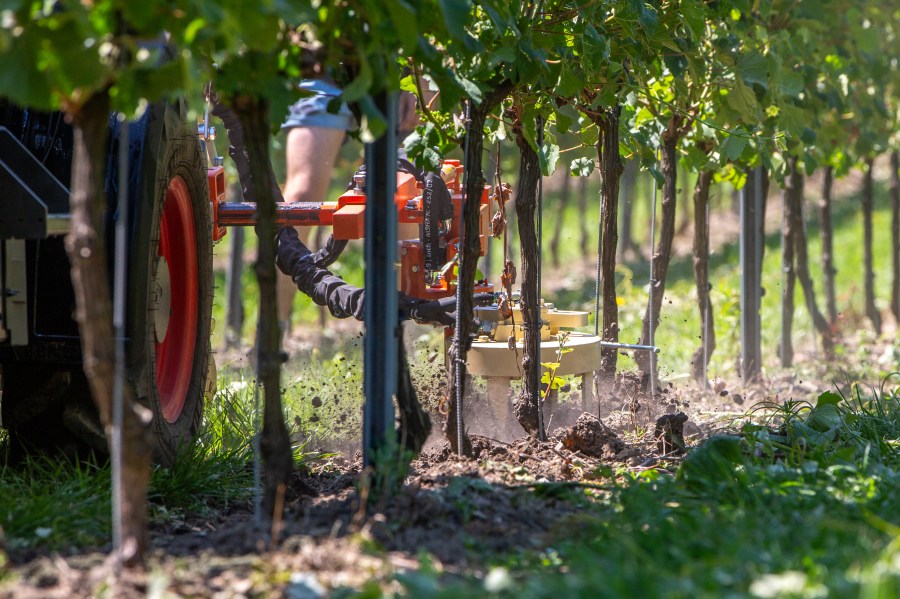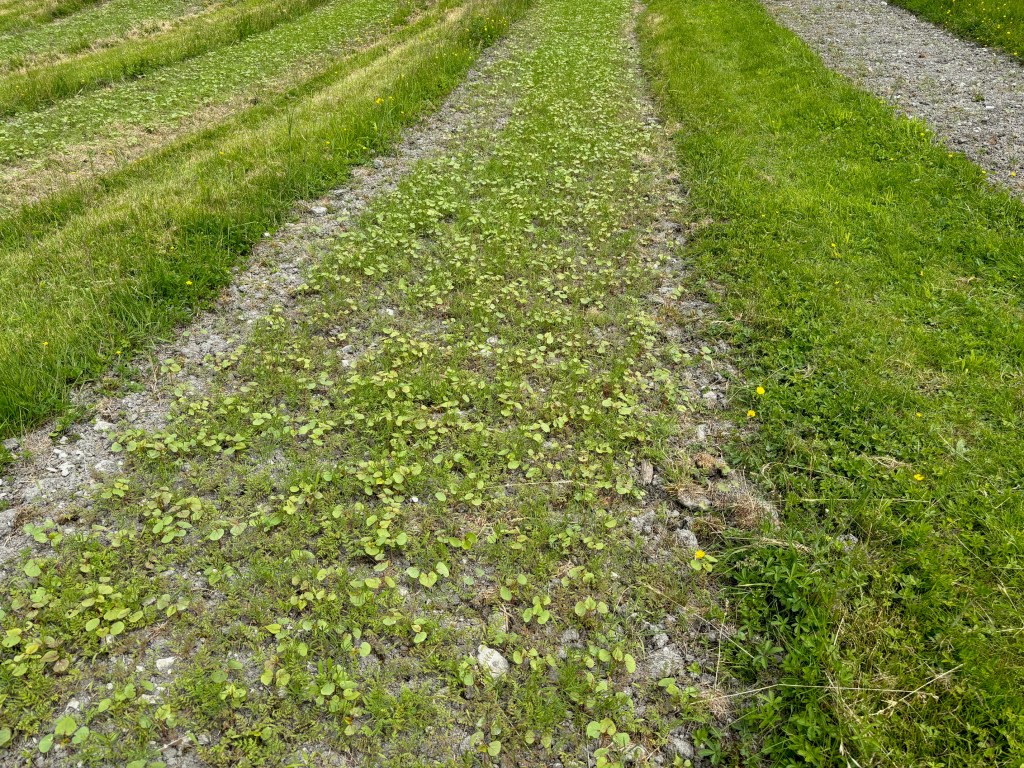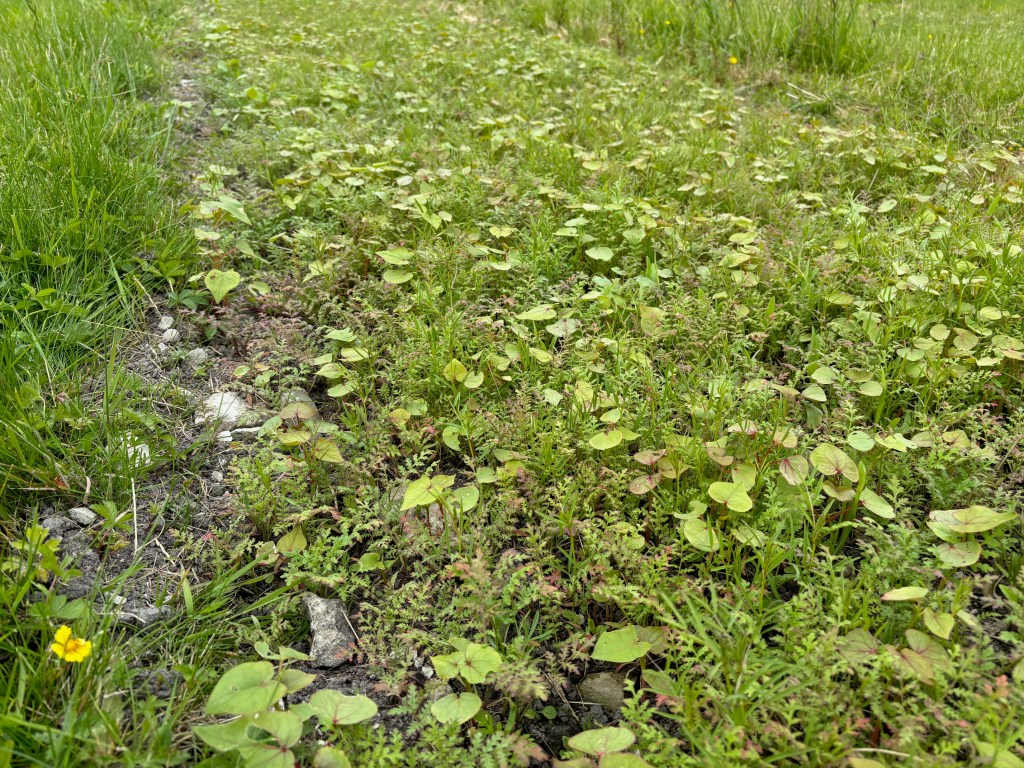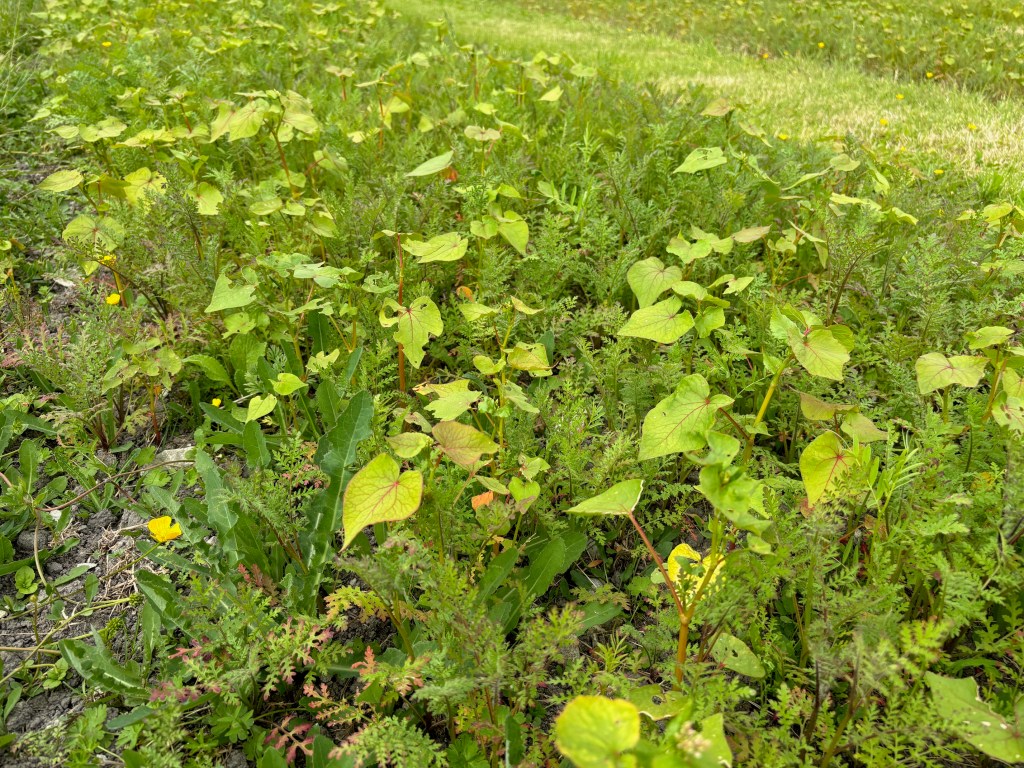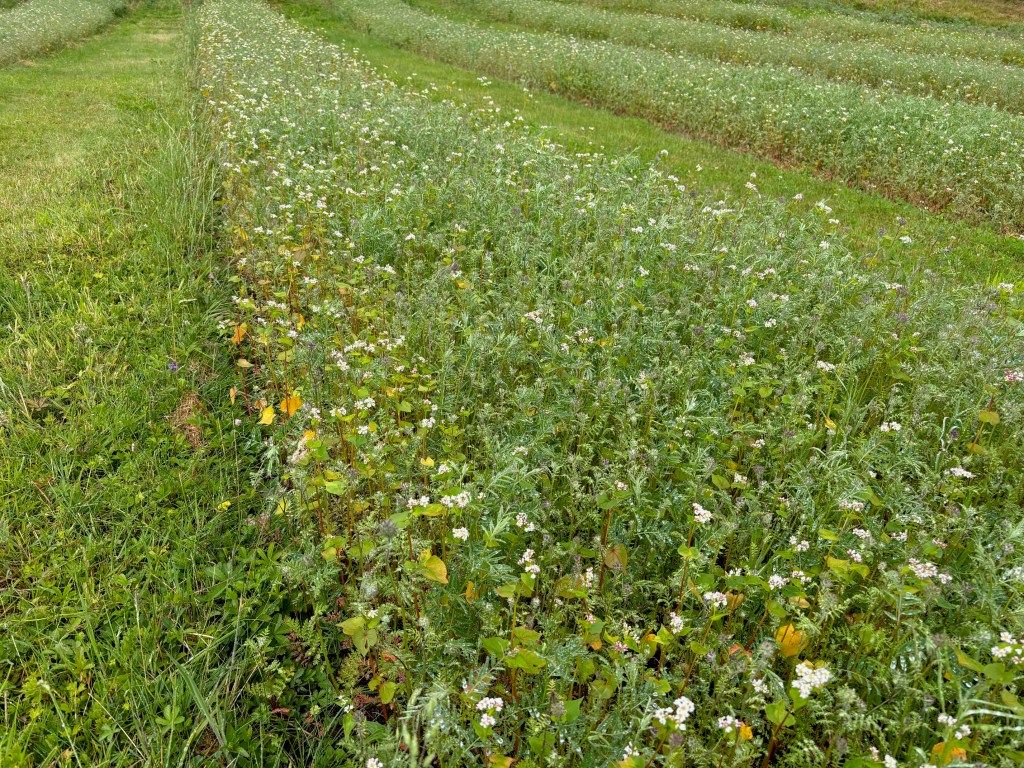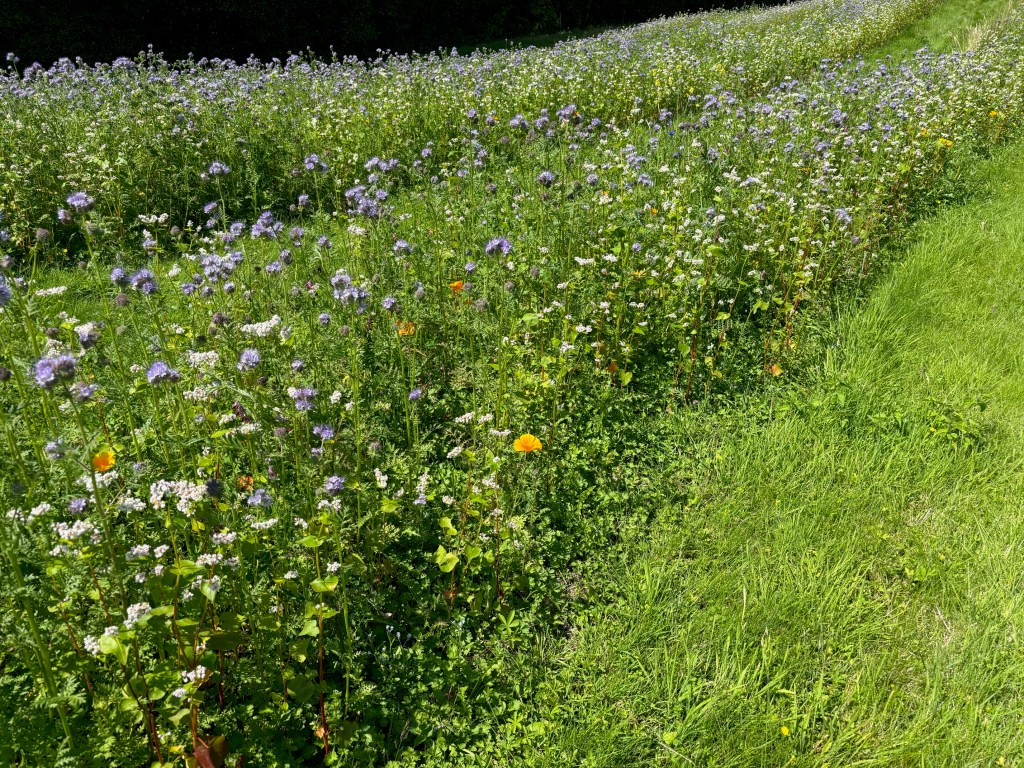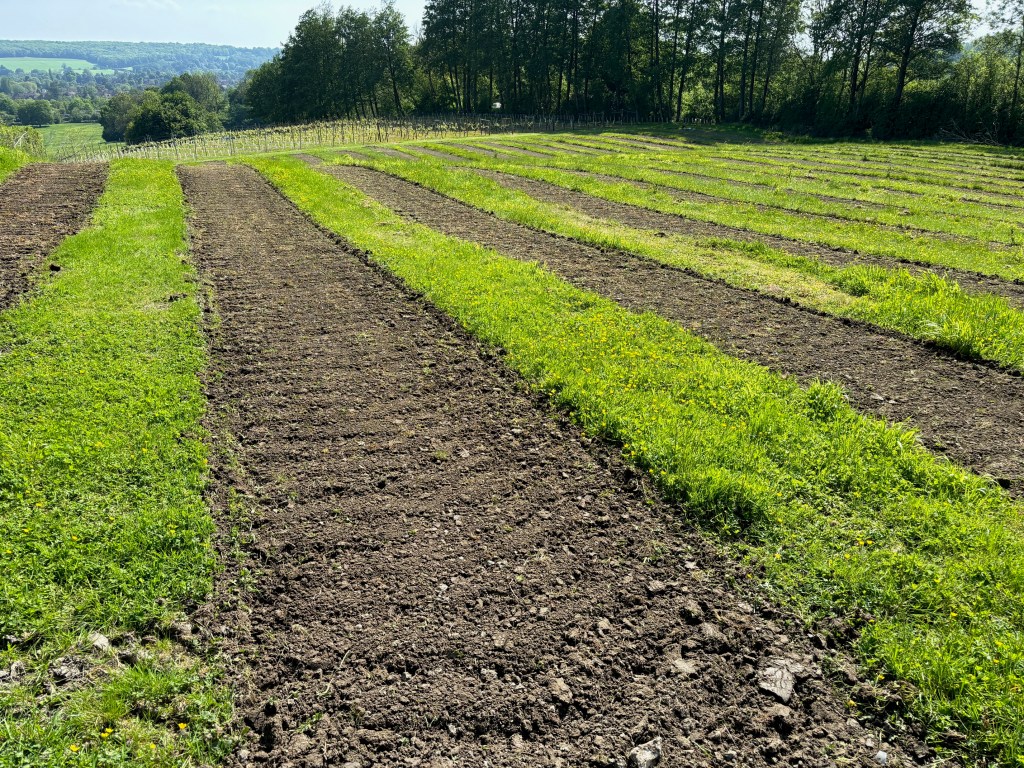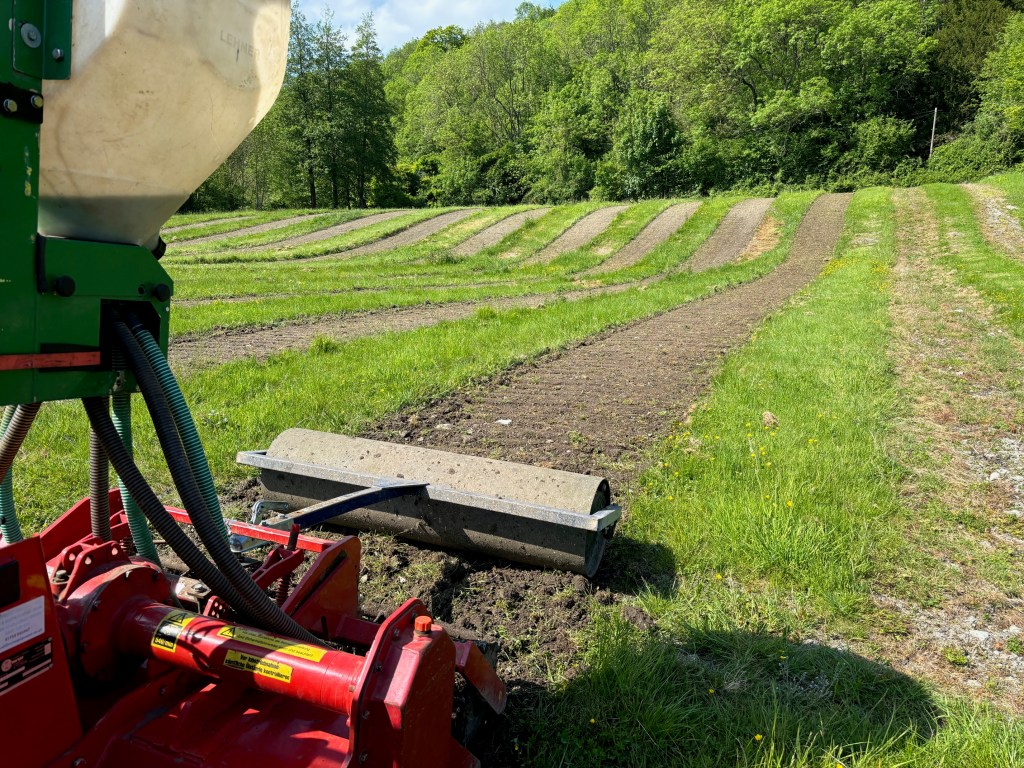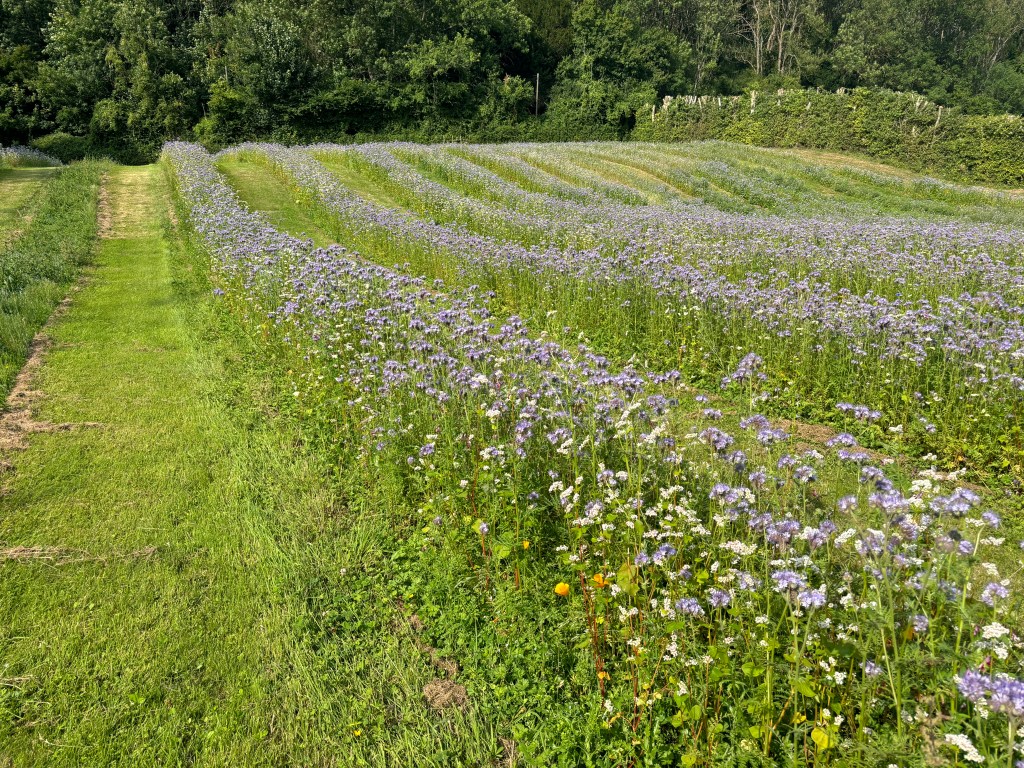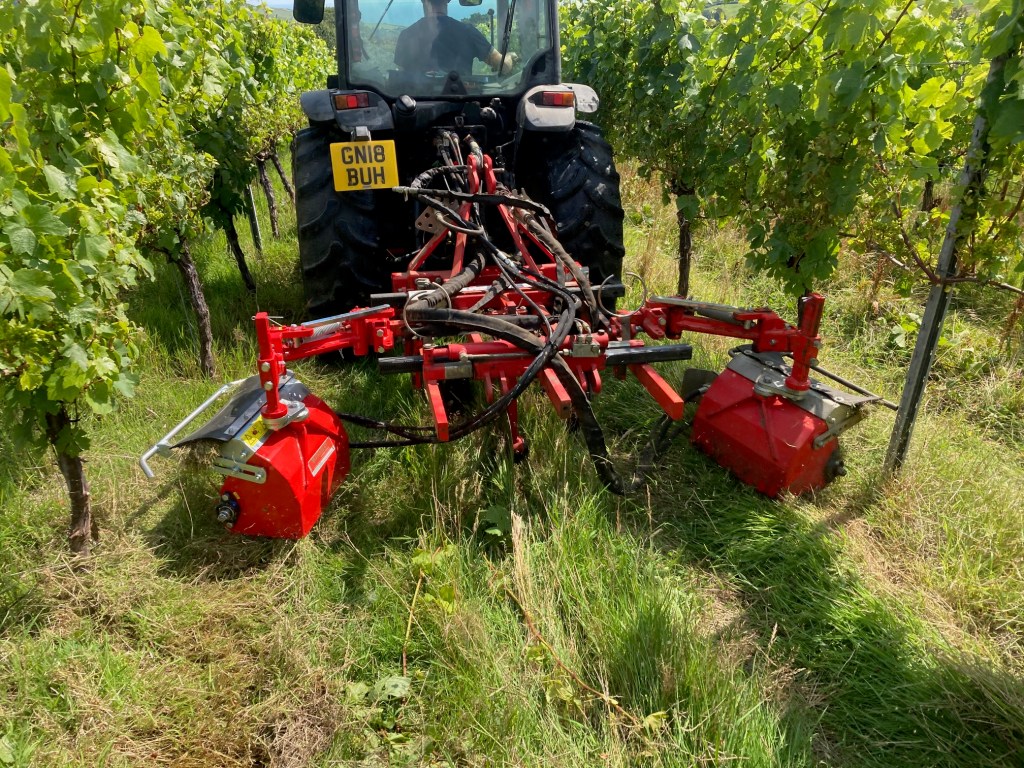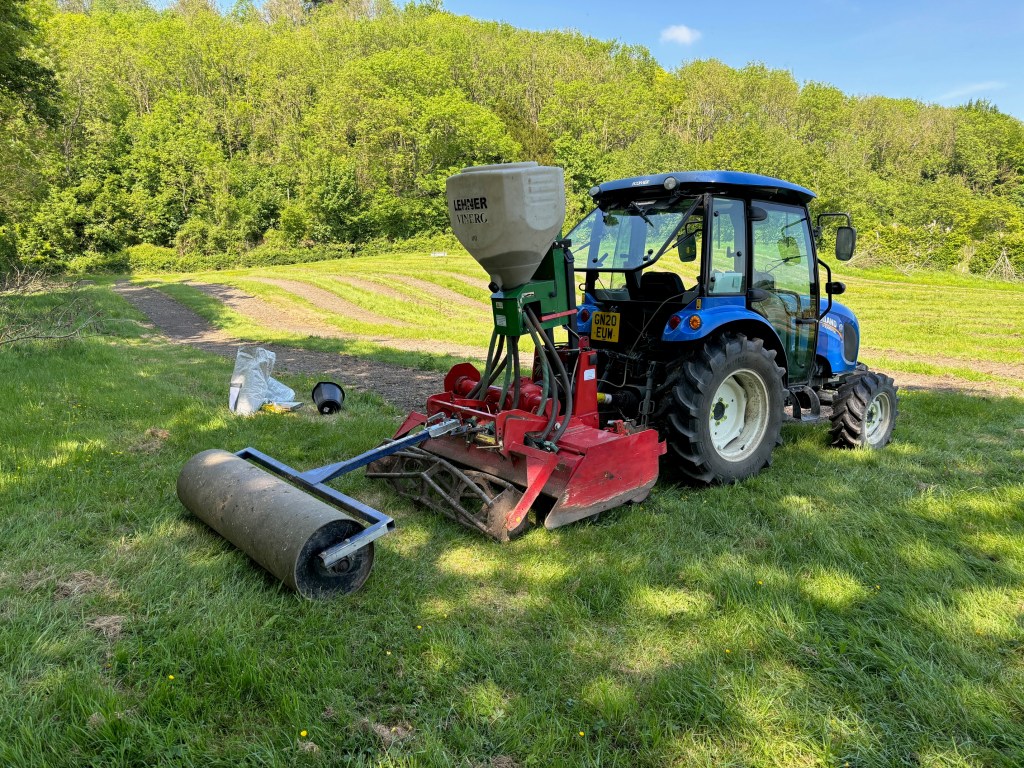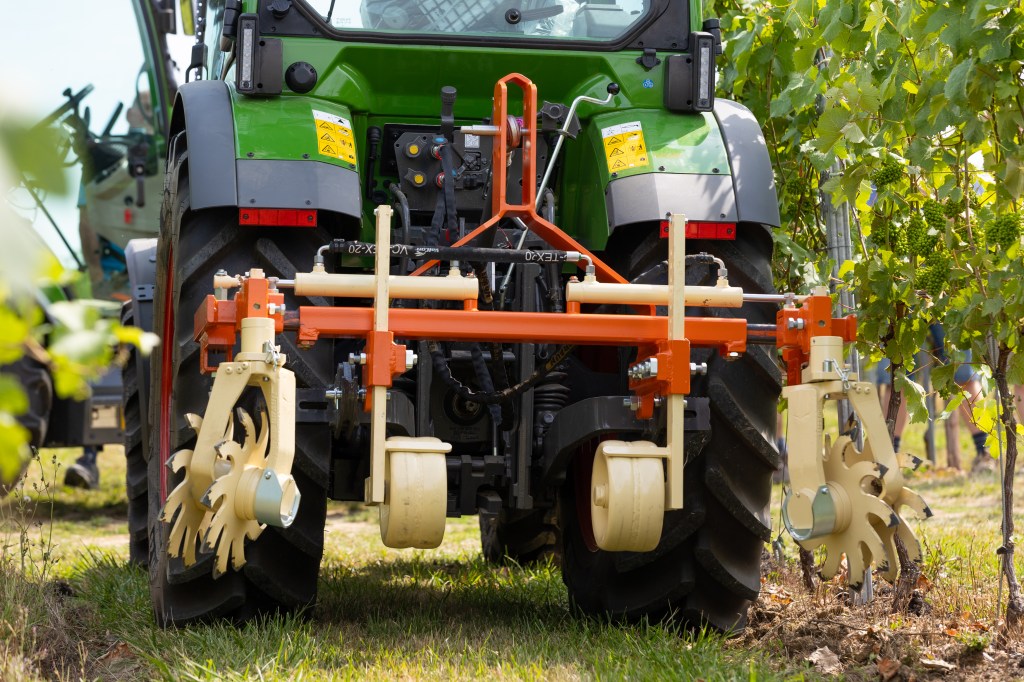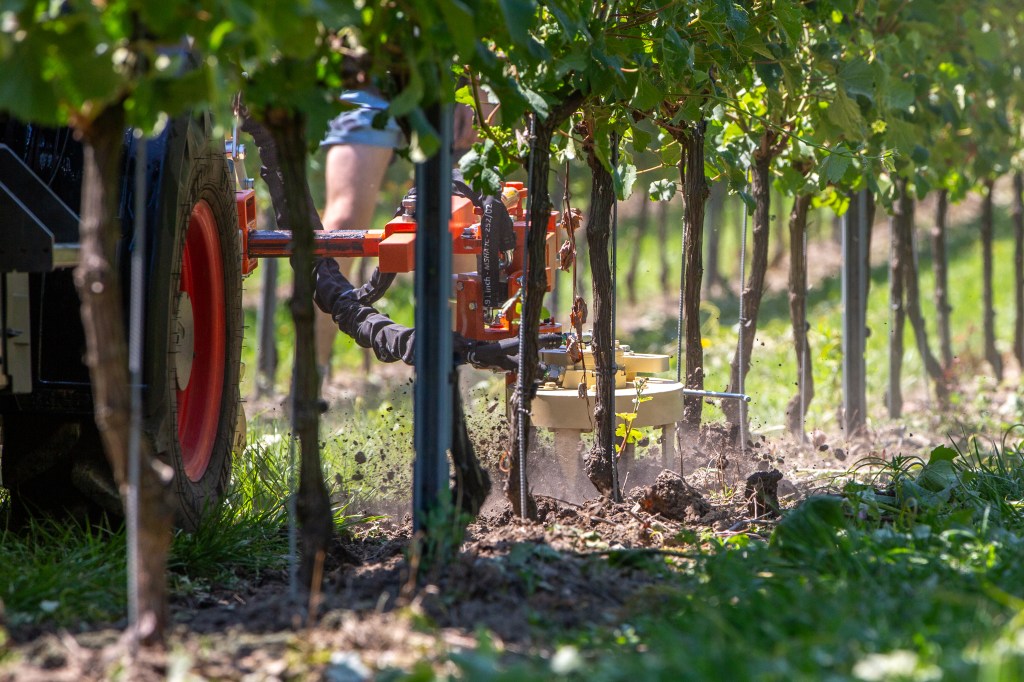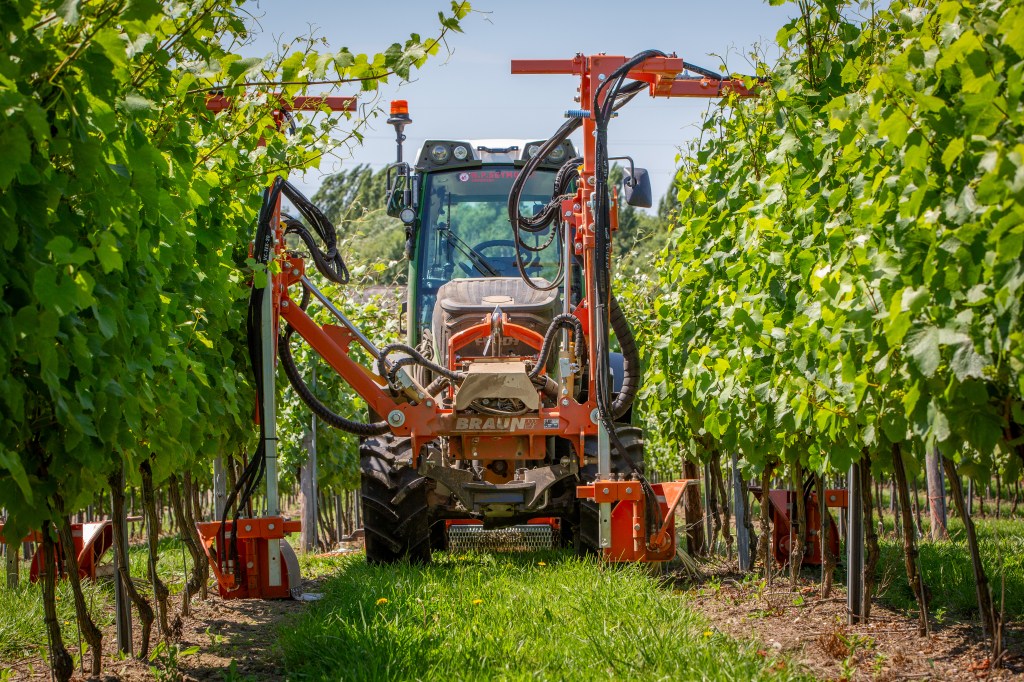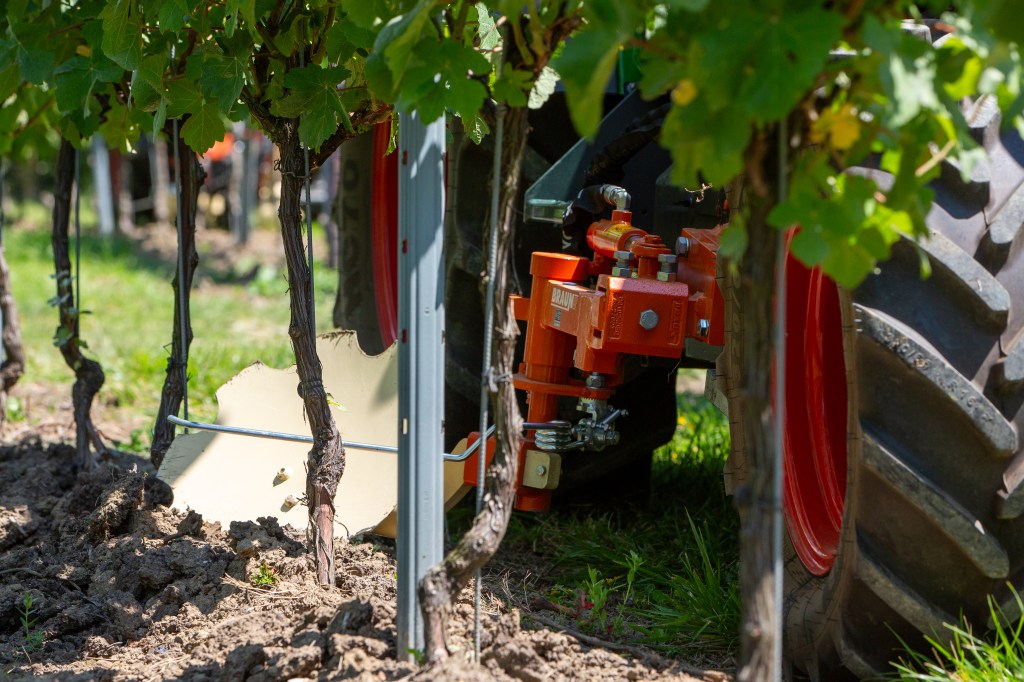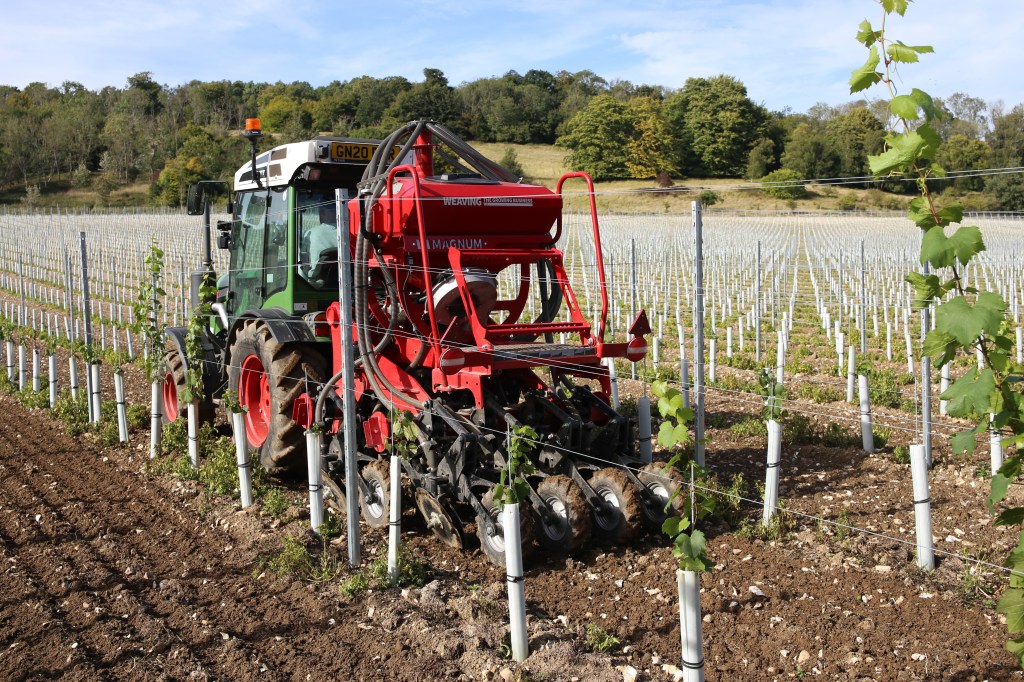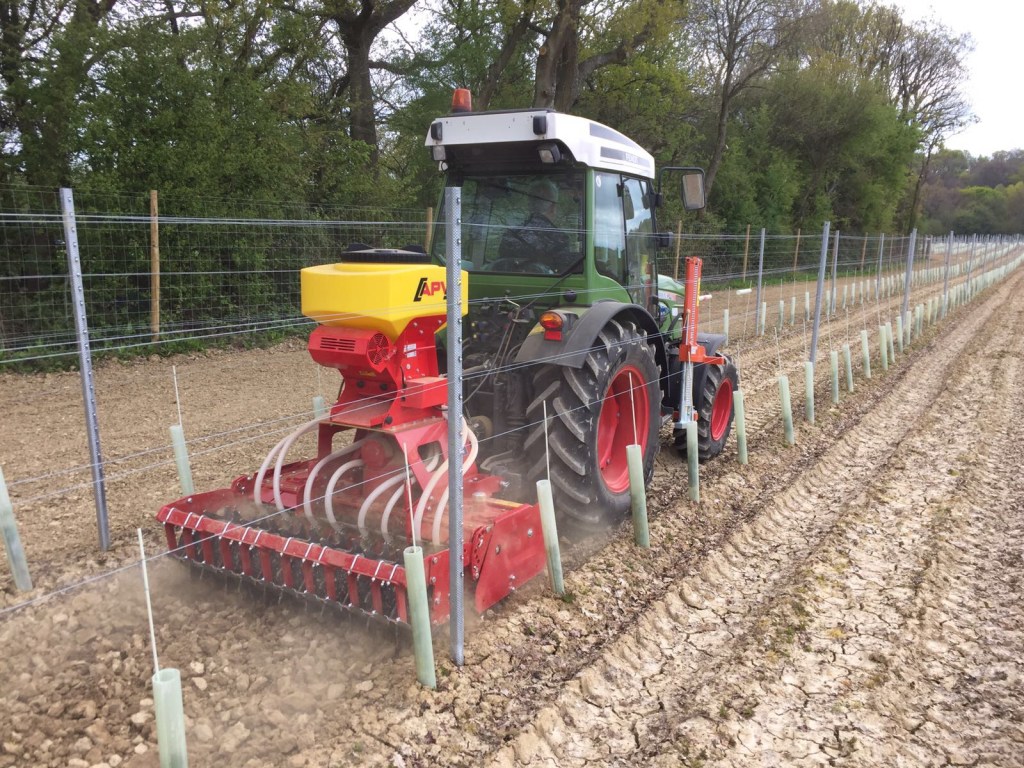Cover cropping is one part of managing vineyard soils, although the term covers a number of approaches. The plants grown on the vineyard floor may be left to germinate spontaneously, or purposefully sown. There may be a mixture of species, often legumes and grasses, or a monoculture can be used. Each of these options brings with it different benefits and drawbacks, as well as different demands for management throughout the year.
Recent research from an Australian study suggests that integrating a living mulch of diverse plants in the undervine region ultimately benefits the functionality of the soil and improves the resilience of the vineyard in the long term. Of course, Australian growers in many regions have very different environmental pressures to deal with than those here in the UK, but it is generally held that an appropriate cover crop will ultimately be a net benefit to the wine producer.
Managing soil health with cover crops
A research update from Vinescapes.
DEFRA’s Farming Innovation Project (FIP) as part of Innovate UK has funded a two-and-a-half-year project, which commenced in 2022, specifically to support the research into groundcover management practices, with the aim to increase productivity and sustainability in UK viticulture.
With vines only covering approximately 15%-20% of the vineyard, exploring groundcover management opportunities is an important exercise given their potential impact on soil health, yields, juice quality and emissions.
There has been limited research in this area to date and many vineyards are looking for further support.
The project has been delivered by a consortium of participants, with groundcover management trials held in the Kent vineyards at Gusbourne Estate, Chapel Down and NIAB East Malling. Cover crop seeds and agronomic advice was supplied by the seed merchant T. Denne & Sons alongside scientific research from NIAB East Malling and the Natural Resources Institute (University of Greenwich). Together with the support of industry consultants and researchers Vinescapes, the project group has investigated the change and outcomes to soil health, vine growth and wine quality between a range of inter-row cover crop treatments, as well as different under-vine management methods.
The cover crop treatment mixes included phacelia, faba bean, an annual mix of rye and vetch as well as a perennial mix containing creeping red fescue and three clover species.
The control treatment consisted of alleyways that were maintained as before, with natural and spontaneous vegetation that is regularly mown.
Comprehensive testing has been conducted during the trial, to fully understand the impacts for grape and wine production, including measurements of soil health parameters such as soil organic matter, nutrient content, microbial biomass carbon, water infiltration, compaction, and extractable nitrate; vine performance parameters including canopy volume (LiDAR), leaf nutrient analysis and chlorophyll, flavanol, and anthocyanin measurements.
Grape and wine analysis undertaken measured the pH, Brix, tartaric acid, malic acid, PAN, ammonia and YAN. NIAB provided an additional EMR Rhizolab study to analyse the root systems interactions and impact of soil sampling at depth. Over the course of the project, the team came to identify some clear benefits to the biodiversity, vineyard and soil health of each site. These benefits include:
- Increased organic matter within the soil
- Improved soil infiltration
- Reduced soil compaction
- More active microbial community effects (e.g. PGPR)
- Improved biofumigation
- Increased soil fertility
- Reduced weed species
- Providing more attractive food source for pollinators
- Suppressed leaching thanks to scavenge nutrients.
Through the combined effort of all these factors, the project confirmed the positive impact selected ground covers can have on the ability of soil to perform ecosystem services and functions; impacting the biological, chemical and physical health of the soil.
A webinar for WineGB members will provide more details and scientific analysis of the outcomes from this project on 27 November at 4pm.
The scientists, vineyard owners and managers and partners involved will talk through the process, findings and key learnings from this research to benefit the UK’s winegrowing community on their sustainability journey.
Down the alleyway
With David Sayell, owner of Vitifruit Equipment in Edenbridge, Kent.
Planting cover crops
Most people have got grass in the alleyway between the vines, and they just mow it, no problem. But if they want to establish a wildflower meadow or some other crop, things can get quite interesting.
As a company, we would make a complete new seedbed in the alleyway. To prepare the ground, you may want to avoid using a chemical to kill the weeds that are already there, so we mow as low as we can and then go in with a rotavator. There’s a feeder at the top which drops the seeds straight on to the soil as it comes off the back of the rotavator, and there’s a cage roller on the back which compresses the soil to give good soil-seed contact.
In my mind, the seedbed is crucial. I’ve seen people rush over the ground, thinking it’s broken up nicely. They drop the tiny little seed in it and it drops between the cracks in the soil without getting firmed down properly. When the seed naturally germinates, it doesn’t have the nutrients around it to sustain it and it dies. So you need to pay attention to that.
This seeding is best done when the soil temperature is warm enough, say four degrees or so. In April, perhaps, certainly into May. You could do it in the autumn before it gets too cold, but we find a lot of people are concerned about doing many passes on wet ground and causing compaction problems.
Another method is using the direct drill, to try and avoid disturbing the soil profile. It cuts a slot in the ground, which the seed goes in and a wheel behind firms the slot shut. I’m not sure if that is always particularly successful, although I’ve seen it work very well with beans. They’re bigger and they put out a nice root system quite quickly. But if it rains soon after, the slot can pretty soon fill up with water and that can kill them off too. I think this method is better in other parts of the world where the soil is normally drier.
People really need to consider what wildflower mixes they are going to use, because they may need different treatment. Whatever they do is going to cost money and if they’re going to buy very specific seeds, they might cost a lot.
We have a heavy duty, very capable rotavator made by Sauerburger. We selected that having come from using a much lighter tool before. The problem was that if you put it into difficult ground, like a chalky flint, it raffled the thing so much that the bolts holding the gearbox on were shearing. The one we use now is twice the weight – 530 kg – so it can maintain a constant depth of tilling. It also has three times as many teeth on each of the holders, so it cuts the soil more with every run. You get a much better seedbed and it’s much faster.
Undervine region
This area is quite different from the alleyway. We have built a lot of experience with different methodologies and different vineyards but the big problem is that grass or weeds grow up underneath the vines. If they grow too high, they cause a lack of airflow. That creates extra moisture and can lead to more disease. We have also seen thistles and nettles growing right up into the canopy, which you really don’t want when people are going through doing hand work like tucking down or harvesting.
So the weeds have to be dealt with somehow. They can be sprayed with a herbicide like Roundup – but not every vineyard is keen to use strong chemicals. The weeds can be cultivated out at the root mechanically, and there is quite a lot of kit out there to do it – breaking the soil open, lifting the roots out so they dry and die. The key is to make sure that you work right up to the stem of the vine, actually go around the base and take out the weeds.
Some people aren’t too worried about some weeds growing around the base of the vine and they’ll do less of a precise job but they have to accept that at some stage there will be some nasty weeds that will need to be dealt with, even if it means getting down on your hands and knees and pulling them out by hand.
We prefer the cultivation technique. We’ve been doing it for probably 35 years now with the Boisselet system. We stick with that system because the type of technology enables you to do a good job at speed, going in between the vines properly. We have got the Boisselet fitted with a rotating head and it pulls all the soil out, levels the ground down again and goes in and out between the vines to take out the weeds that have established themselves there.
- Three weeks after seeding
- Four weeks after seeding
- Five weeks after seeding
- Six weeks after seeding
- Eight weeks after seeding
- First pass – preparing seedbed strips
- Second pass – rotavating and seeding
- Boisselet double sided mini rotofil strimmer
- Sauerburger rotavator with seed drill and trailed roller out on hire
Managing the soil
NP Seymour are one of the UK’s leading specialist tractor and machinery dealerships. The business was founded by Nick and Barbara Seymour in 1974 and is now led by their daughter Claire Seymour. They have developed long standing relationships with a range of high quality manufacturers around the world in order to bring their customers the most reliable and innovative products on the market for establishing cover crops and dealing with weeds.
Weaving Mini GD vineyard drill
Weaving Machinery, in conjunction with SJ Barnes LTD, have designed a compact vineyard drill for establishing grass and cover crops. Fitted with a 300L capacity Weaving Magnum seeder, easily accessible volumetric metering unit and RDS Artemis Lite controls with GPS forward speed monitoring which guarantees a repeatable metering dose ranging from 1.8kg/ha to 400kg/ha. A closed hydraulic suspension system provides individual coulter pressure of up to 200kg, helping to maintain consistent sowing depth across undulations. It’s available with a working width of 1.5m or 2m.
Bullion Mekfarmer
The Bullion MekFarmer power harrow can break up even the most compacted ground for repairing rutted and untidy ground or alleyways. Soil is evenly distributed over the entire working width to create a perfect seed bed. These three-point linkage power harrows have knife-style vertical rotating blades which require less power and consume less fuel. All versions are fitted with a 324rpm gearbox, PTO shaft with slip clutch, 260x12mm sturdy and easy to replace blades (for a 22-25 max working depth), sprung loaded side shields which open outwards in case of impact with stones, a sturdy rear levelling bar and a packer roller for a clean finish.
Mechanical weeding solutions
Since the 1980s, NP Seymour has been the exclusive UK supplier for Braun, offering a comprehensive modular system that fits on a basic frame. The mechanical weeding tools can be front, mid or rear mounted and are width-adjustable.
NP Seymour have also designed and built bespoke front-mounted tool carrier frames that can be fitted with various mechanical weeding implements from a number of manufacturers, including Braun. All the frames are built to specification so that growers can choose if they want it to be single-sided or double-sided and hydraulically or manually adjustable.
“Mechanical weed control is still one of the things we get asked about most,” said Claire Seymour. “We’ve been supplying the Braun range since the 1980s and continue to do so because we know that the system on offer is reliable, heavy-duty and ideally suited for UK growers.
Under vine cultivators used for weed management are not a one-size-fits-all product. Modern systems can be incredibly sophisticated, so before choosing a make or model, growers need to think about what they are trying to achieve. If you’ve tried mechanical weeding equipment in the past and weren’t impressed with the results, it is well worth revisiting the options as there is a wide range of implements available, and what suits one vineyard will not always suit another.”
Rollhacke
The Rollhacke is the chosen option for some vine growers looking to reduce their use of chemicals and adopt mechanical weeding practices. Instead of breaking the soil, rotary tiller weeders like the Rollhacke effectively move through it, disturbing weeds and making the soil more friable to create an inhospitable environment. The Rollhacke is made with 8mm thick steel and has proven to be well adapted to multiple different soil types.
It is designed to be quick and practical to use. The principle is similar to that of a disc plough, but the tines of the double star-shaped finger weeder are curved so that they roll in and tear small furrows in the earth’s surface. This creates a notched edge, rather than a cut edge left by a straight disc plough, helping to reduce run-off. The angle of work can be adjusted without tools. Operators can change the tool set up so that it is more or less aggressive.
LUV Perfekt
The LUV Perfekt dished ploughshare and cultivator are designed for fast work. The flat blade hoe drives under the vegetation between the vines and cuts through the roots of the weeds a few centimetres below the surface.
The LUV Perfekt allows you to run rigid legs with diverse blades. For example, using concave coulter discs in front allows the ploughshare to penetrate the soil more easily and to achieve a clean separation of the under vine area from the grassed alley. The implement has a short shaft with splines that can be used with the familiar flat blade or a wide variety of alternative undervine implements, such as an undervine swivel scalloped disc which can be pivoted and tilted. There is a rotary gyroscope for loosening and crumbling the soil in the undervine area and removing tall grasses and the demounder “Col de cygne” for clearing dams and larger masses of soil between the vines.
Vine trunk cleaner
For those who do not want to impact the soil, Braun has developed the Vine Trunk Cleaner. Initially brought to market to help growers with the backbreaking task of bud rubbing, this strimmer-like machine effectively controls unwanted vegetation growth and weeds between the vines. It can be fitted with 16 rubber paddles or white strimmer cord.
Those opting for the strimmer heads on their own can also choose to have them on a front-mounted, hydraulically height and width adjustable over-row frame.
For more like this, sign up for the FREE Vineyard newsletter here and receive all the latest viticulture news, reviews and insight

